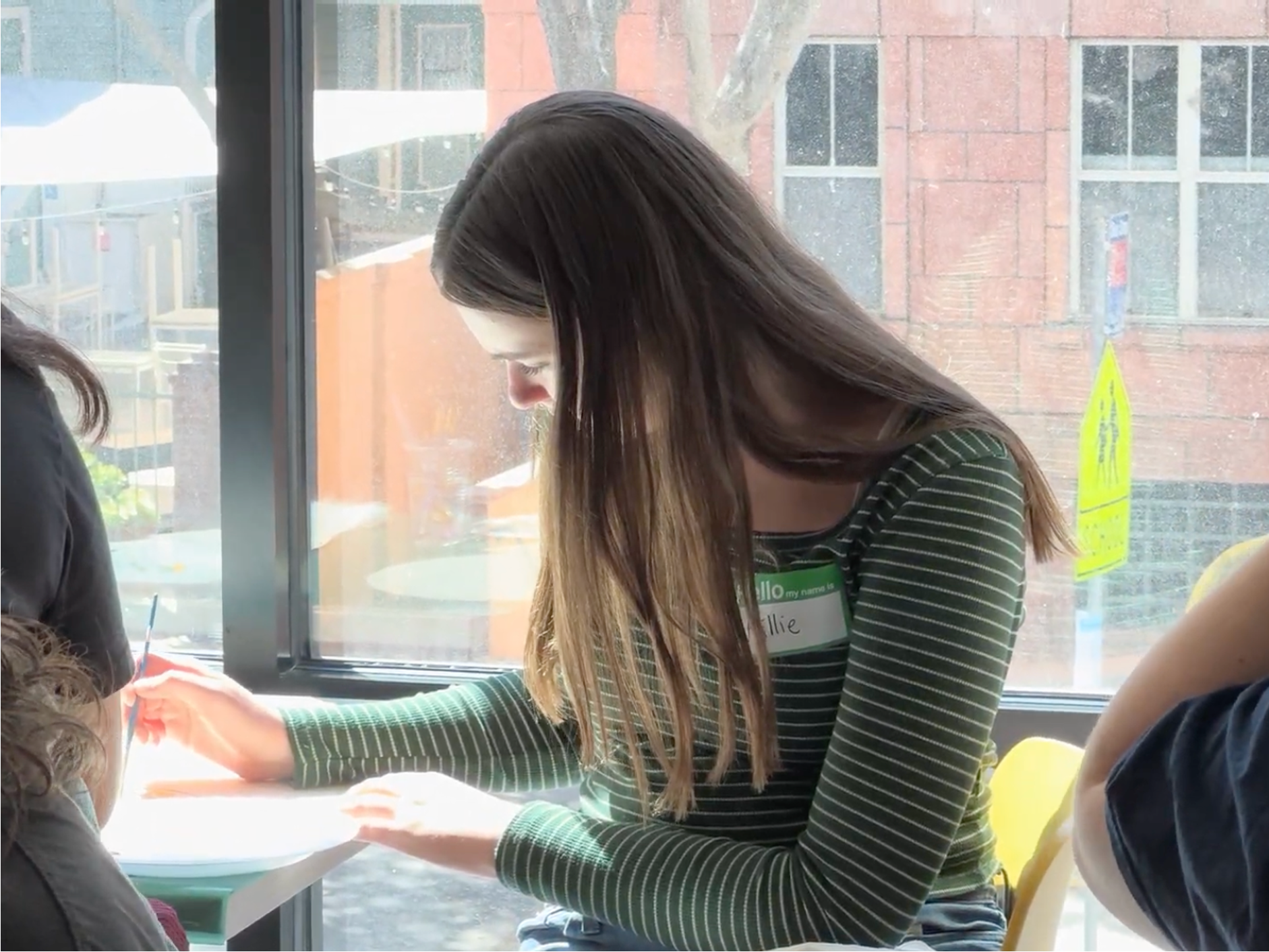“If you are free physically—you’re not owned by someone else—you have freedom to say what you want, you have political freedom, but at a certain point, is there too much freedom that it becomes restricting?”
“I want to hear more about that. Do you mean, like political anarchy?”
10th Grade Historians have been exploring Modern US History, beginning with the Reconstruction era following abolition of slavery in the United States, using a wide range of interactive modes of learning. Last week, they ran their own Socratic Seminar, a format in which their teacher assigns text and podcast information to be consumed at home, then each student submits three substantial discussion questions as preparation for the Seminar. During class, the teacher remains a silent observer, taking notes about the competencies she is assessing (“remember that dialogue doesn’t mean how many times did you speak – it also means how do you show you are listening, building off others’ points, inviting peers to extend their thinking…”). Students spend nearly an entire class period discussing their own questions and probing peers’ thinking, while also entirely collaboratively facilitating the discussion. The depth of their thinking, and the authentic need for listening that the format presents, is a joy to witness.
Dialogue doesn’t mean how many times did you speak – it also means how do you show you are listening
“No. I was thinking about if everyone is just totally free and then things like with the KKK happen and there’s no barrier to that. Like an aspect of security is barrier; being free to make your own choices while also being rooted in something you care about. Not a leaf in the wind.”
“I agree. To define freedom, I wonder, does it have to be a scenario where it’s taken away. If it [freedom] has a definition, does there have to be an opposite to define it?”
Each unit this year in History again has common essential questions and topics aligned with English class. For example, while 10th graders study the political, social, and economic challenges of Reconstruction in History, they just finished reading the novel Little Fires Everywhere (2017, Celeste Ng) which explores the definition and experience of the American Dream, and the play Fences (1985, August Wilson) which portrays the life of a 1950s working-class Black family in Pittsburgh. Literature-based exploration of the same themes across these two classes allows all students a range of access points to the historical events, and quickly expands the depth of their processing, perspective-taking, and connection-building between historical and present-day events.
In addition to Seminars, Geography Challenges, other discussion formats, and analytical paragraphs, students have two other interactive modes of learning in this unit: a role-play of the Homestead Mill Strike of 1892, in which more than three thousand workers met across lines of “skilled” and “unskilled” and decided to support one another and strike for better working conditions and wages. (To prepare, students read a portion of Homesteads: The Households of a Mill Town by Margaret Byington, 1910, and were assigned roles including skilled or unskilled worker, or corporate spy intent on breaking the union). After meeting with their own groups to negotiate their demands and how they would act based on the other group’s response, students met in the role-play, then decided by majority vote whether or not to strike. Then they read the outcome of this real event (where the resolution was opposite their own, but with similar themes).
Finally, students will build a year-long timeline. This chronology will be installed in the classroom, with the initial set of anchor events being represented as one original “album cover” designed by each student to represent an important event from one decade. Active learning across many modes supports students’ comprehension and also connection to these events that still shape our experience today. Now, that’s what we call music.

